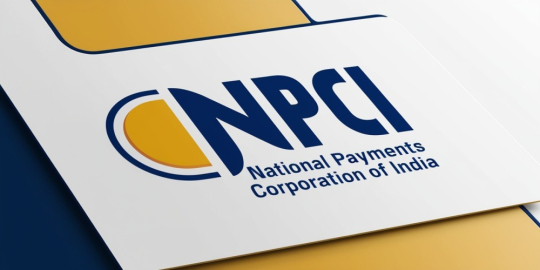
The recent introduction of UPI Circle marks a significant advancement in the Unified Payments Interface (UPI) sector in India, courtesy of the National Payments Corporation of India (NPCI). This innovative feature provides UPI users with the capability to allow trusted individuals to access their accounts, enabling transactions even for those who do not possess a UPI account. According to NPCI, the initiative is designed to assist secondary users who may rely financially on others by granting them the ability to utilize UPI. Concurrently, Google Pay announced its plans to incorporate this feature into its payment application within the region.
NPCI has shared detailed information regarding the UPI Circle feature. Primary users—defined as individuals with a UPI account linked to their bank—can authorize secondary users, who may or may not have a UPI account, to process transactions using the primary user’s account. This functionality is fortified by several layers of security and intervention measures to safeguard transactions.
To utilize the UPI Circle feature, primary users must access their preferred UPI app and add secondary users through a QR code scan or by entering a UPI ID; manual phone number entry is currently not permitted. After this step, secondary users can create a UPI account and register to utilize the feature. NPCI emphasizes the necessity for secure app access, which must be achieved through passcodes or biometric methods to facilitate transactions.
Furthermore, secondary users are categorized into two types: partial delegation and full delegation. With partial delegation, the primary user must authorize every transaction, while full delegation allows secondary users to make transactions independently, though they are subject to a maximum monthly limit. NPCI has established this limit at Rs. 15,000, with a single transaction not exceeding Rs. 5,000. Initially, a secondary user will have a 24-hour transaction cap of Rs. 5,000 as well. Moreover, primary users retain the ability to monitor secondary user activities through the app and can impose different spending caps (below Rs. 15,000) for each secondary user.
Importantly, a primary user can include a maximum of five secondary users, while each secondary user is restricted to linking with only one primary user. Additionally, primary users have the option to revoke access for secondary users whenever they choose.